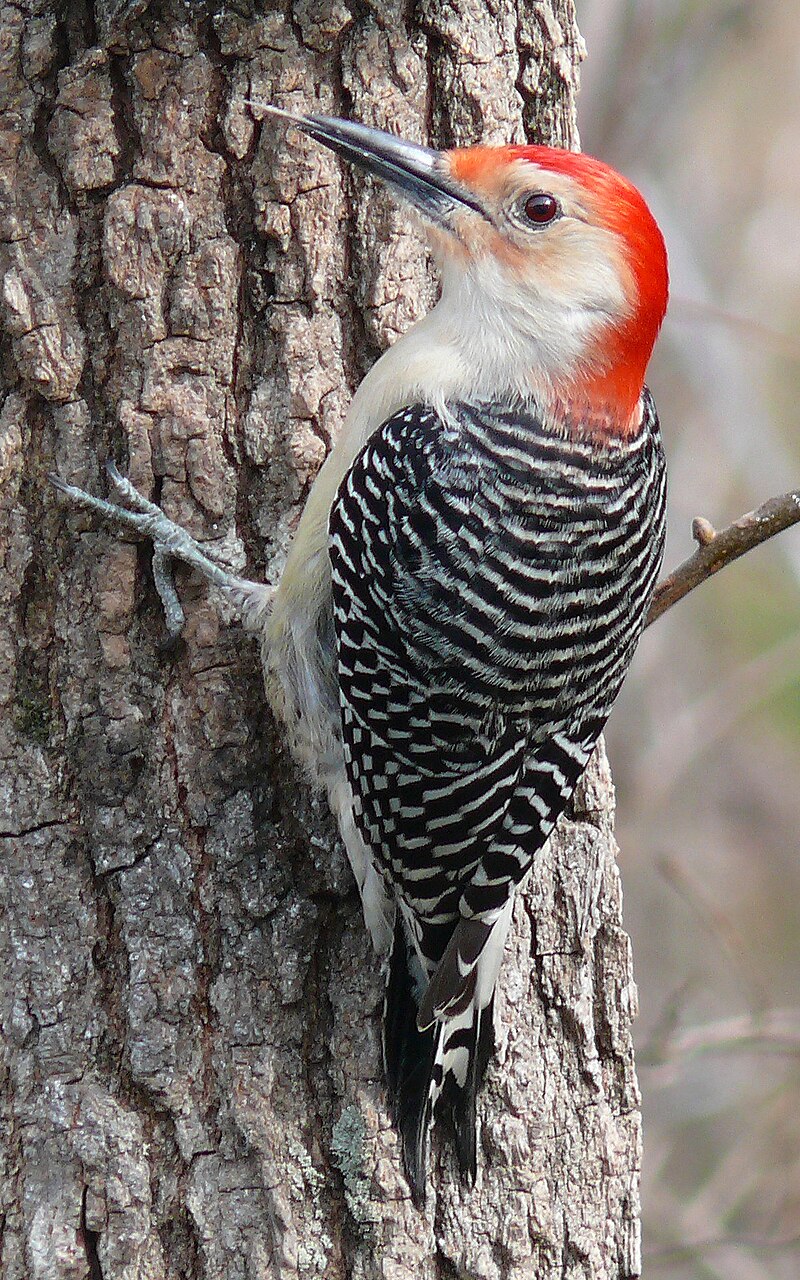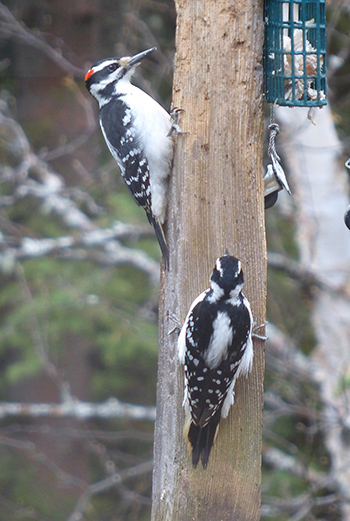Discovering Woodpeckers in Florida Habitats: Where to Find These Birds
Wiki Article
Unveiling the Keys of Woodpeckers: Actions, Habitat, and A Lot More
Woodpeckers, with their special actions and specialized adjustments, have actually lengthy captivated scientists and nature enthusiasts alike. These impressive birds have a series of interesting secrets that clarified their survival techniques, habitat preferences, and elaborate interaction approaches. By revealing the enigmas surrounding woodpeckers' behavior and environment options, a deeper understanding of these bird wonders arises, providing a glimpse into their interesting globe. What makes these birds truly outstanding, and exactly how do they browse their environment with such precision and ability? Let's discover the captivating realm of woodpeckers and unravel the enigmatic details that make them such appealing topics of research.Woodpecker Actions Insights
In checking out woodpecker behavior, a fascinating display screen of specialized abilities and adjustments arises, losing light on their exceptional ecological particular niche. Woodpeckers, recognized for their unique drumming on trees, possess a range of behavioral characteristics that add to their survival and success in their environment.In addition, woodpeckers exhibit a special feeding behavior defined by their ability to extract bugs from tree bark using their specialized beaks. Their lengthy, barbed tongues help in recording victim, while their strong neck muscle mass provide security and accuracy throughout pecking motions. This feeding method enables woodpeckers to gain access to surprise insect larvae and extract them with exceptional performance.
Habitat Preferences and Selection
What factors affect the habitat choices and selection of woodpeckers? One crucial aspect influencing woodpecker habitat selection is the accessibility of suitable nesting websites. Woodpeckers usually favor woodlands with a mix of mature trees that give enough chances for tooth cavity excavation.Furthermore, woodpeckers show a choice for environments with a bountiful supply of food resources. They are mainly insectivorous, feeding upon beetles, ants, larvae, and various other insects located in worn out timber or tree bark. Woodpeckers tend to favor woody locations with a diverse insect population to fulfill their dietary demands.
Moreover, the existence of dead or decaying trees is one more essential consider woodpecker habitat selection. These trees not just give food resources however also offer suitable substrate for tooth cavity excavation. Dead trees are necessary for the upkeep of healthy woodpecker populations, as they play an important duty in the woodpeckers' life cycle and environment characteristics.
Feeding Habits and Diet Plan Composition
Woodpeckers demonstrate a specialized feeding actions focused on foraging for insects within different habitats. In addition to pests, woodpeckers likewise take in tree sap, fruits, nuts, and seeds, including variety to their diet depending on the page period and schedule of food resources.The foraging techniques of woodpeckers are well-adapted to their arboreal lifestyle (Woodpeckers in Florida). Their capability to excavate wood not only supplies them with food yet likewise assists in developing nesting dental caries and establishing areas. Woodpeckers play an essential duty in maintaining the wellness of woodlands by managing insect populaces and helping in the decomposition of timber. Recognizing their feeding behaviors and diet regimen make-up is vital for conservation initiatives focused on protecting these special and valuable birds.
Drumming Sounds and Interaction
Making use of fast drumming noises on different surfaces, woodpeckers employ an unique type of interaction to indicate territory boundaries and attract mates. This drumming habits is not just a method of communication but likewise works as a way for woodpeckers to establish their visibility within a helpful resources particular location. The strength, rate, and pattern of the drumming can convey crucial information to other woodpeckers in the location.Woodpeckers utilize drumming audios to announce their existence in an area and to caution off possible trespassers. The loud and recurring nature of the drumming functions as a clear signal to other woodpeckers that the area is currently declared. This aids in lowering disputes and reducing physical confrontations between people.

Survival Adaptations and Specialized Makeup

Verdict
Finally, woodpeckers display special habits, such as drumming sounds for interaction, and have specialized anatomy for survival in their selected habitats. Their feeding habits and diet make-up even more show their about his adaptability to numerous atmospheres. By recognizing these facets of woodpeckers, researchers and guardians can better secure and preserve these fascinating birds and their ecosystems.Report this wiki page